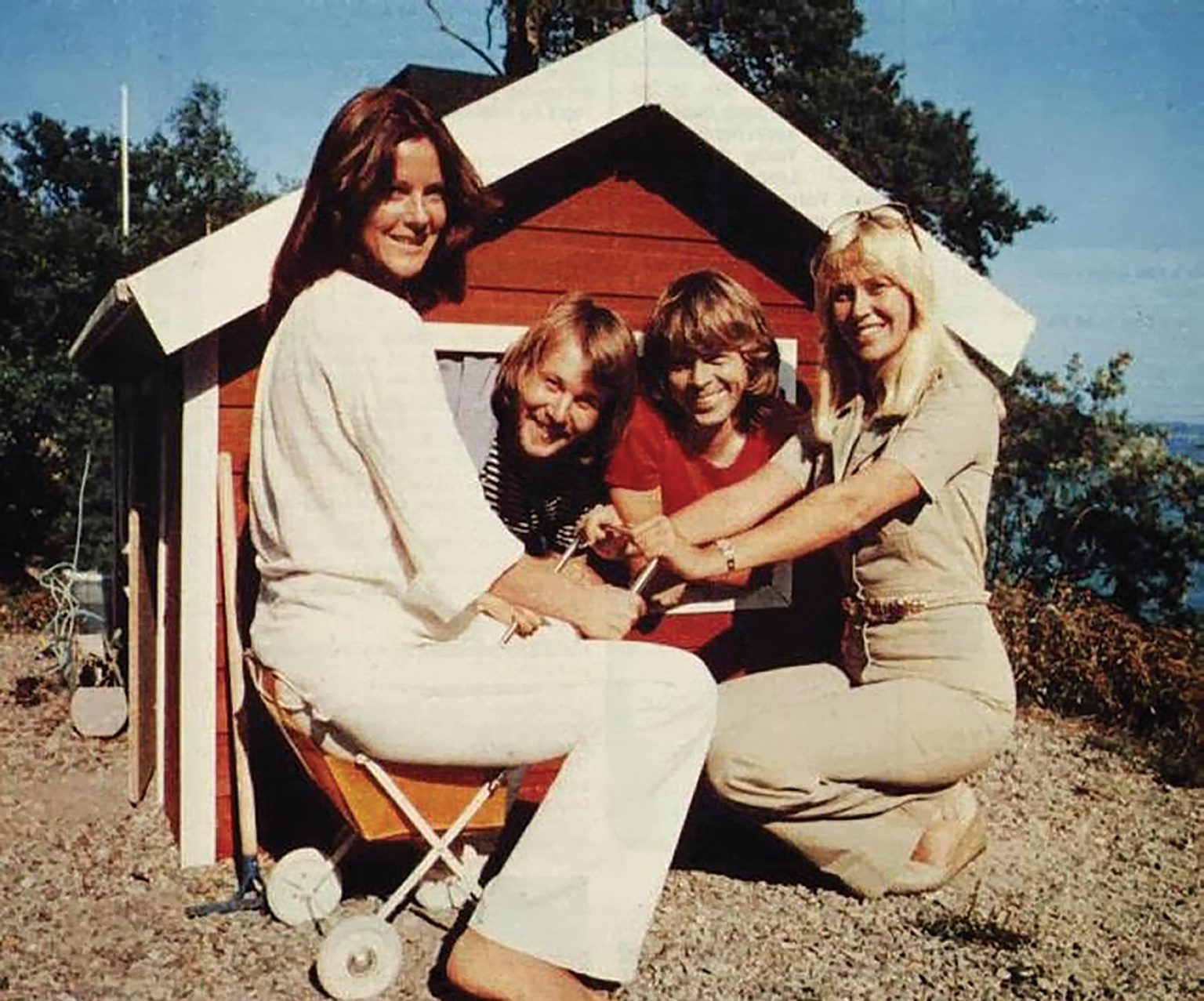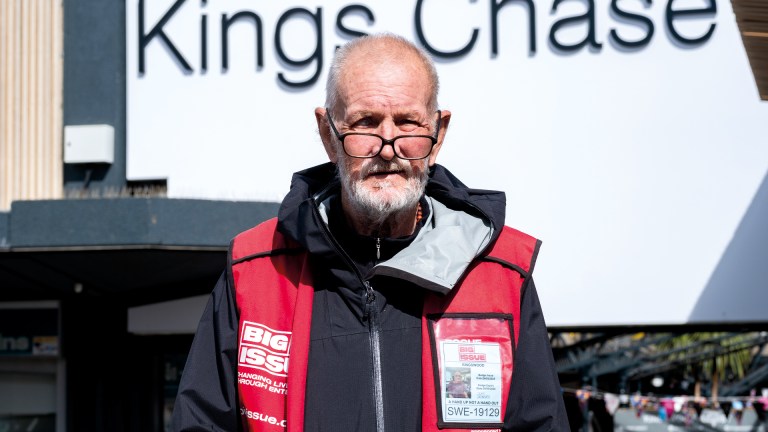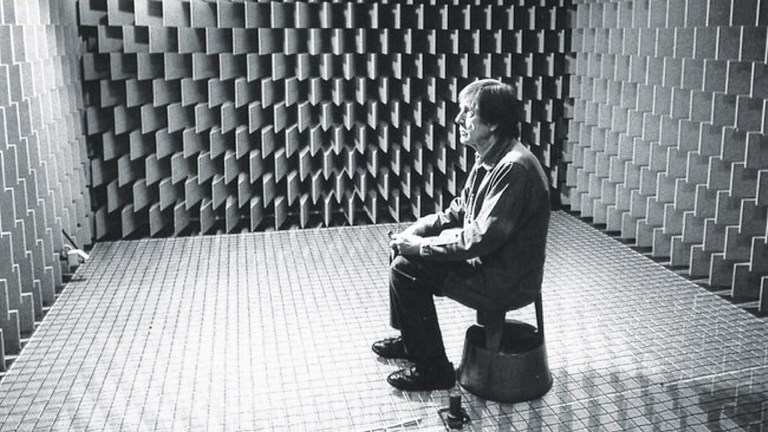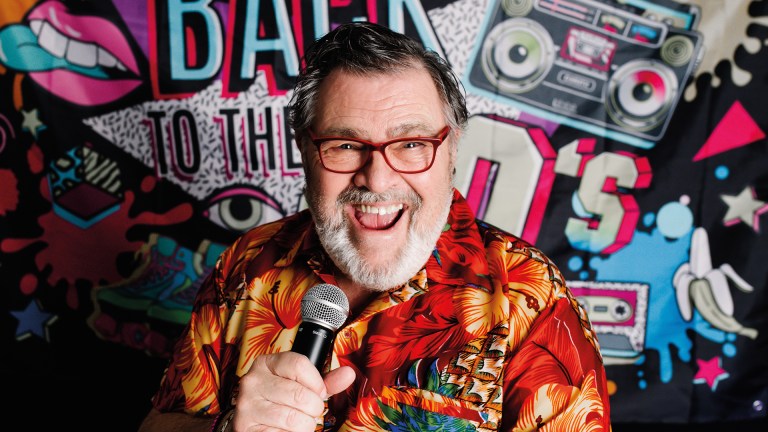This summer most of us can travel only in memories so here’s one of mine. A year ago on a muggy July early morning I sat aboard a Stockholm commuter ferry with my wife and my one-year-old son as it pushed eastwards into the archipelago, the city fading into the distance as the boat began its daily hop around some of the hundreds of small inhabited islands, dotted with colourful timber summer houses, that lie between the Baltic Sea and the Swedish capital. Destination: Viggsö. Or as it’s also known: Abba island.
A couple of hours later we were following a footpath through an eerily quiet forest when we were met by a healthy-looking, athleisurewear attired couple in maybe their late 50s (it’s always hard to tell with Swedes). Johan and Annika are the accidental proprietors of a piece of bona fide pop legend – a summer cottage previously owned by Abba’s Björn Ulvaeus and Agnetha Fältskog, including an outbuilding that was the band’s writing retreat, birthplace to significant part of a 400-million selling oeuvre. It’s storied in books and documentaries and there’s a replica of it in Stockholm’s Abba museum, but I wanted to see the real thing. My wife is Swedish, we were in the country for a holiday. I managed to look Johan and Annika up – a pair of well-to-do Stockholm property developers – and contacted them to ask if they wouldn’t object to a nosey journalist paying them a short visit. They agreed so long as I didn’t share anything too specific as to where to find the house. You can’t blame a couple who summer on a secluded island for coming to expect a little privacy.
And there it was at the top of a rocky hill: a boxy red wood sub-dwelling of not more than 15 square metres. Space enough in its front room, windows facing out to sea, for a guitar and a piano and little else. From Dancing Queen to Fernando, Abba created countless future classics up there among the pines and ferns, Ulvaeus and his songwriting partner Benny Andersson keeping workmanlike regular hours. At one time all four members of Abba and their manager Stig Anderson owned homes on Viggsö – it was their private world away from the world, their sanctuary and their inspiration. Like most Swedish summer houses, Björn and Agnetha’s was humble. Back then it probably didn’t even have a proper toilet.
Its lyrics about loss, pain, jealousy and lovers as playthings at the whim of the gods were penned by Ulvaeus across a long dark night of the soul
When he bought the cottage from Ulvaeus a decade ago, Johan only learned who the seller was after conveyancing began. Turns out he’s not even an Abba fan – although he did proudly show me a framed text and photograph that Ulvaeus had gifted them to authenticate the writing cottage’s history. He left us awhile to take in the scene. Treetops obscured what would once have been a clear view out across the water past a rusting flagpole. I played Dancing Queen on my phone – cheesy but necessary – and my wife danced with our son in his sling. As we made to leave Johan offered us a lift on his speedboat to a larger nearby island where we could catch a return ferry, and much faster than it had come into view, Abba island disappeared.
I’d made that trip with one particular song in mind. Composed on Viggsö following the breakdown of Björn and Agnetha’s marriage, and released 40 years ago this month, The Winner Takes It All is Abba’s crowning achievement – a chanson-inspired heartbreaker hitched to a glittering disco beat that has been mercilessly pricking eyes for four decades, the original and ultimate Scandi sad banger. Written in the shadow of divorce, its lyrics about loss, pain, jealousy and lovers as playthings at the whim of the gods were penned by Ulvaeus across a long dark night of the soul, draining a bottle of whisky.
Famously, The Winner Takes It All was exquisitely sung by Fältskog – an extraordinarily powerful act of understanding and détente between quarrelling ex-spouses. It was the beginning of the end for Abba in some ways – one of their last hits before a slow decline towards splitting three years later.









